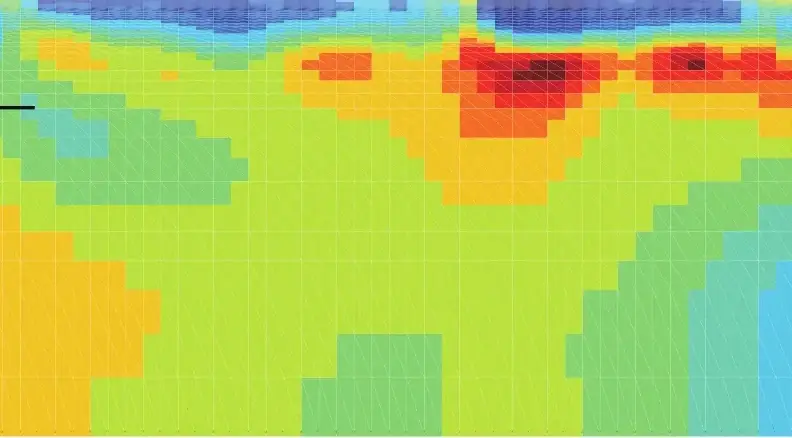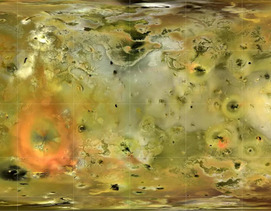Probing Deep Hydrogen Using Electrical Conductivity
Electrical conductivity is perhaps the physical property of rocks that is most sensitive to the presence of hydrogen. Hydrogen enhances conductivity via proton conduction in minerals or by stabilizing highly conductive phases, such as hydrous silicate melts or aqueous fluids. Hydrogen might also be stored in the metallic core. Electrical conductivity measurements in the laboratory can be used to interpret magnetotelluric maps of the mantle in terms of hydrogen content and distribution. In active tectonic settings like subduction zones, anomalously high conductivities have revealed the distribution and migration pathways of H-bearing melts and fluids, illuminating the transport of hydrogen in our planet’s interior.
Probing Deep Hydrogen Using Electrical Conductivity Read More »



